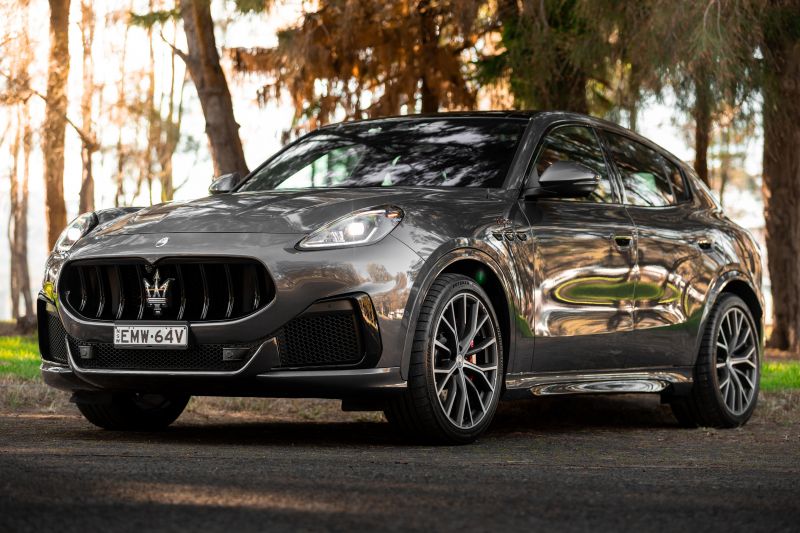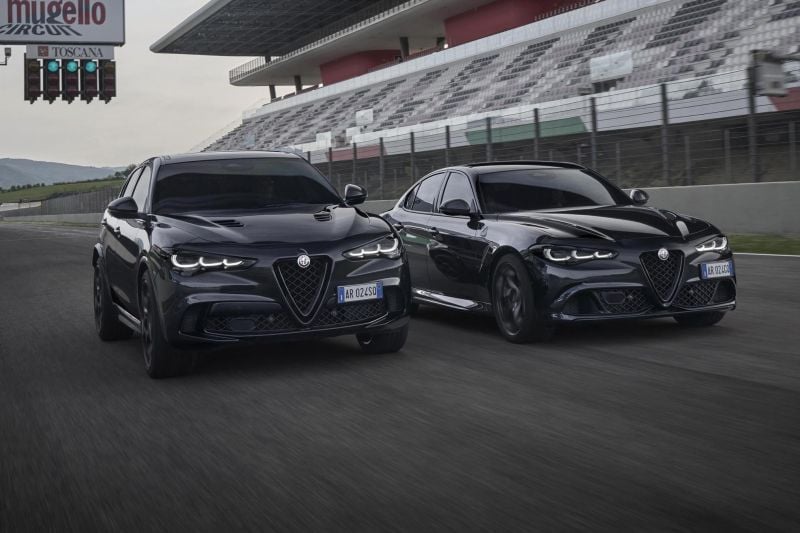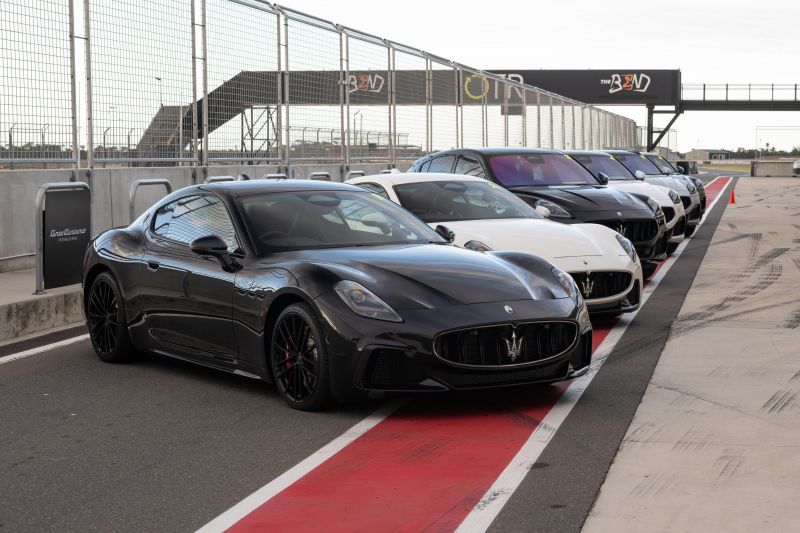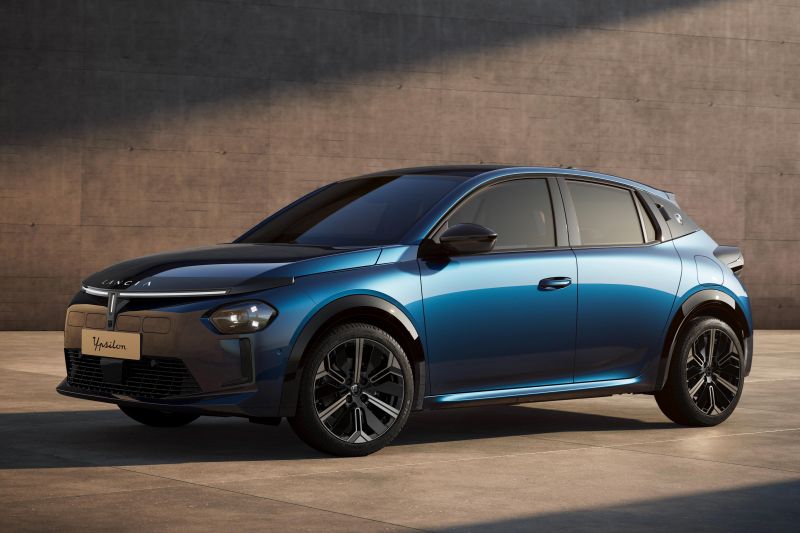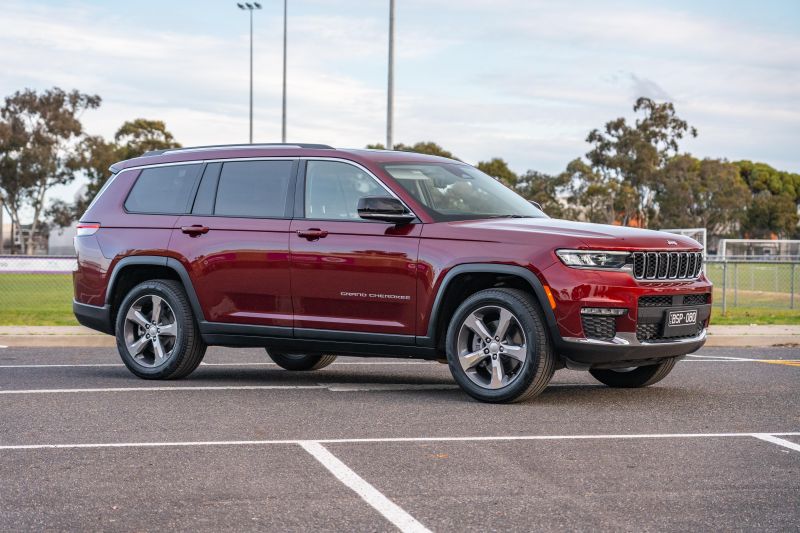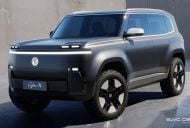Automotive conglomerate Stellantis is juggling 15 brands, all of which it says are profitable right now, but its CEO has said if things change he’s willing to swing the axe.
“There is no taboo. There is absolutely no taboo, the brands are intangible assets that we respect, we believe that they are here to be leveraged,” Stellantis CEO Carlos Tavares told Bloomberg Television.
“We could celebrate this year the 125th anniversary of Fiat and Opel, which demonstrates that the brands are stronger than the legal entities, stronger than the political regimes, and they can cross wars, survive, and get better.
“So we do respect the brands, we do respect the fan bases of the brands, but there is no taboo.
“If they are not able to monetise the value that they represent, then decisions will come.”
Stellantis has 15 vehicle brands if you count its recently established joint venture with Leapmotor.
He said that while all of the company’s brands are profitable for now, it’s a tough time for the industry.
In Stellantis’ financial results for the first half of this year, released this week, it posted a 48 per cent decline in net profit and its operating margin shrunk to 10 per cent.
Its flagship brand, Maserati, had a particularly rough first half of the year, with sales falling by more than half compared to the first six months of 2023.
It also had an adjusted operating loss of €82 million (A$135.84 million) and a negative 13 per cent adjusted operating margin, down from a profit of €121 million (A$200 million) and a positive 9.2 per cent margin in 2023.
“The future is about how we maintain best value,” said Stellantis CFO Natalie Knight in remarks reported by Automotive News Europe.
“There could be some point in the future when we look at what’s the best home for [Maserati].”
“It is an understatement to say that H1 2024 results were disappointing and humbling,” said Mr Tavares in an earnings call.
He said Stellantis is currently in a transitional period and this disappointing result was a “bump on the road that we are now fixing”, blaming high R&D expenses, “operational flaws”, and failed marketing tactics, particularly in the US.
“The auto industry is in turmoil and as you are looking at the results, everybody is going in the same direction… as much as I am aware of, we are the only guy in town with a double-digit [adjusted operating income margin],”
Mr Tavares announced in 2021 it would give all Stellantis brands a “time window of 10 years and funding for 10 years to do a core model strategy”.
Maserati sits atop the Stellantis pecking order, above the so-called ‘Premium’ Alfa Romeo, DS and Lancia brands, as well as Abarth, Chrysler, Citroen, Dodge, Fiat, Jeep, Opel/Vauxhall, Peugeot and Ram.
Theoretically, Maserati should be a higher-margin brand for Stellantis given the higher price point of its vehicles.
However, sales of its new, more affordable Grecale SUV have already slumped in markets like Europe and Australia, while it has delayed replacements for its Levante SUV and Quattroporte sedan.
The Levante SUV exited production earlier this year, following the end of production for the Ghibli and Quattroporte sedans.
Maserati has, however, recently received fresh product in the shape of the MC20 supercar and new-generation GranTurismo and GranCabrio.
Lancia is also getting fresh product, after several years of offering just one vehicle in just one market.
In addition to a new-generation Ypsilon, it’s set to get a hatchback and an SUV as part of a renaissance for the brand that will see it once again return to European markets outside of its native Italy.
Across the Atlantic, Chrysler is down to just one product but it’s still in line to receive a new crossover, which will become the brand’s first electric vehicle (EV).
But it’s another brand that effectively only exists in one region at the moment, in this case North America.
DS, a more luxurious spinoff of Citroen, is heavily dependent on Europe after its attempt to crack the Chinese market flopped.
Mass-market Stellantis brands like Opel also rely heavily on the (admittedly high-volume) European market, without having another high-volume market to fall back on like Fiat has with South America.
American brands like Dodge and Ram rely heavily on North American sales, while Jeep is facing headwinds despite strong global demand for SUVs and excellent name recognition.
It shuttered its Chinese joint venture in 2022, switching to a much lower-volume, import-only operation in the world’s largest car market, while its global sales in 2022 were its lowest since 2014.
Before Stellantis off-loads any of its active brands, however, some of the defunct brands it owns could be taken over by the Italian Government according to a recent report from Il Sole 24 Ore.
These brands, which were owned by Fiat prior to its merger with Chrysler and subsequent merger with Groupe PSA, could in turn be offered to Chinese brands looking to set up factories in Italy.
Innocenti sold small cars before including a version of the original Mini before being shuttered in 1997, while Autobianchi was phased out in 1995 and effectively merged into the Lancia brand.





